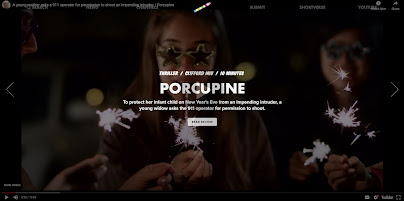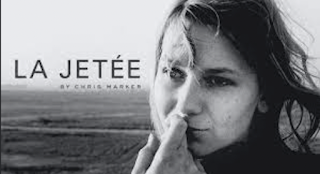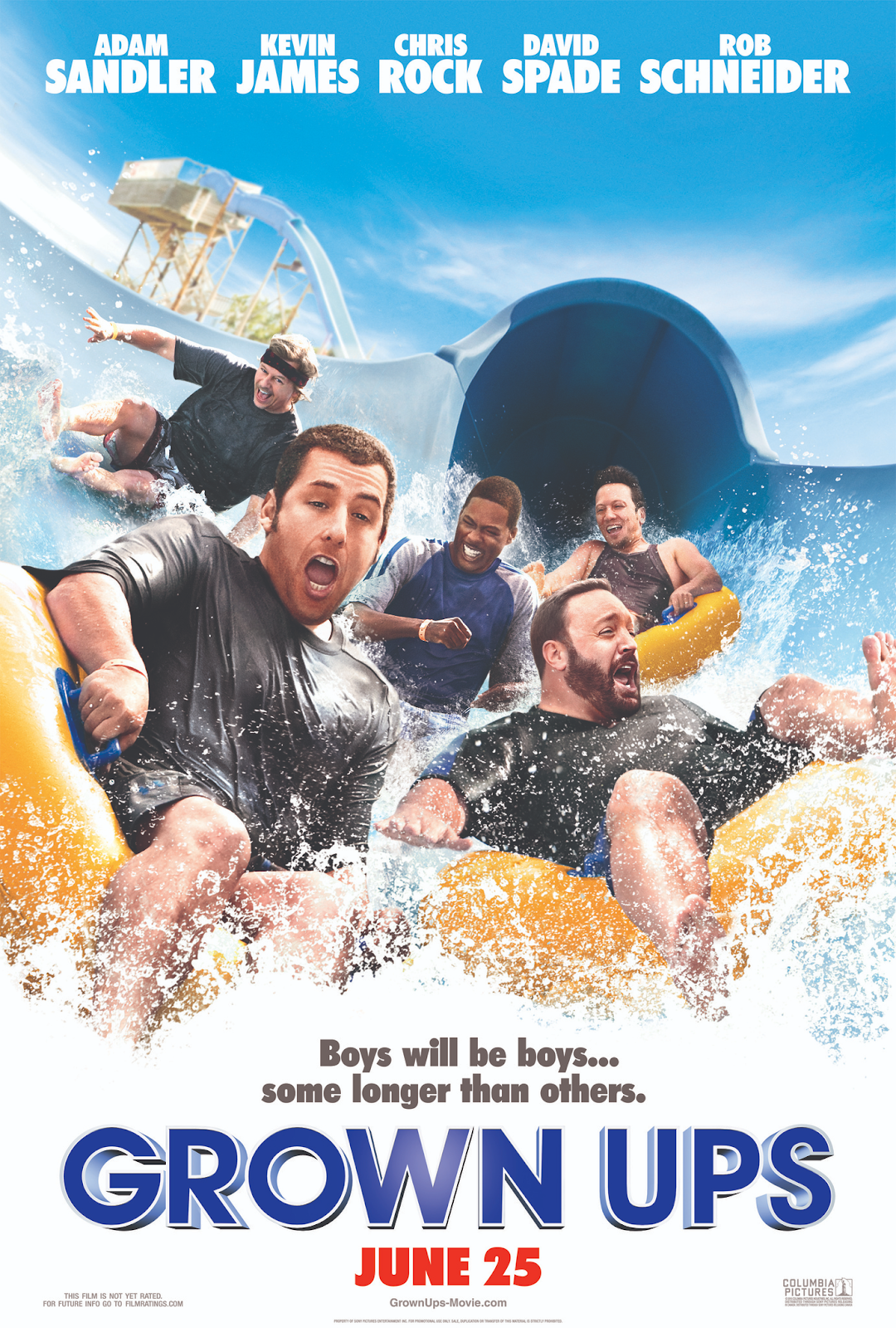Short Film Research: Porcupine Thriller
Hey welcome back!! Did you get enough of this short film research? Well
good news, I have researched one last thriller film, Porcupine. This film is
directed by Clifford Miu and is inspired by a real-life story. The inspiration
for this film originates from a real-life story. A tense-tale involving a
mother, an intruder, a shotgun, claustrophobic quarters of a trailer, and a
police operator. At the beginning of the film, I noticed scenes started off
slow then increasingly got more intense. The film puts the audience in the
mindset of the petrified protagonist. The mother, as an example, puts on
display what she feels, hears, and understand every decision she makes. Doing
so creates a more interactive appeal to the viewers amongst the film resulting in
a more immersive experience. The director shot in a multiple of long takes then
broke them up in post. This strategy is very effective as there can be a wider range
of decisions that can be made in the post emphasizing certain scenes or events rather
than cutting shots short and limited to a certain time frame. Lighting in this
film is dreary, blues and warm lighting are the main sources of visibility. Most
shots are handheld. This creates a shaking real camera effect complementing the
rise of intensity as the film goes on. Close-ups, extreme close-ups, panning,
over the shoulder, and tracking shots are utilized for emphasis. Similarly to the lighting, clothing and props are
not bright but not super dull either. In addition to these conventions, editing
also played a big role in Porcupine. Smooth transitions panning from one object
to another, mainly used in the beginning of the film, as dramatic events carried
on jumps cuts and fast transitioning were employed. Overall, the editing, camera
angles and use of gradual intensity were all techniques that I will keep note
of and implement in my short film.




Comments
Post a Comment